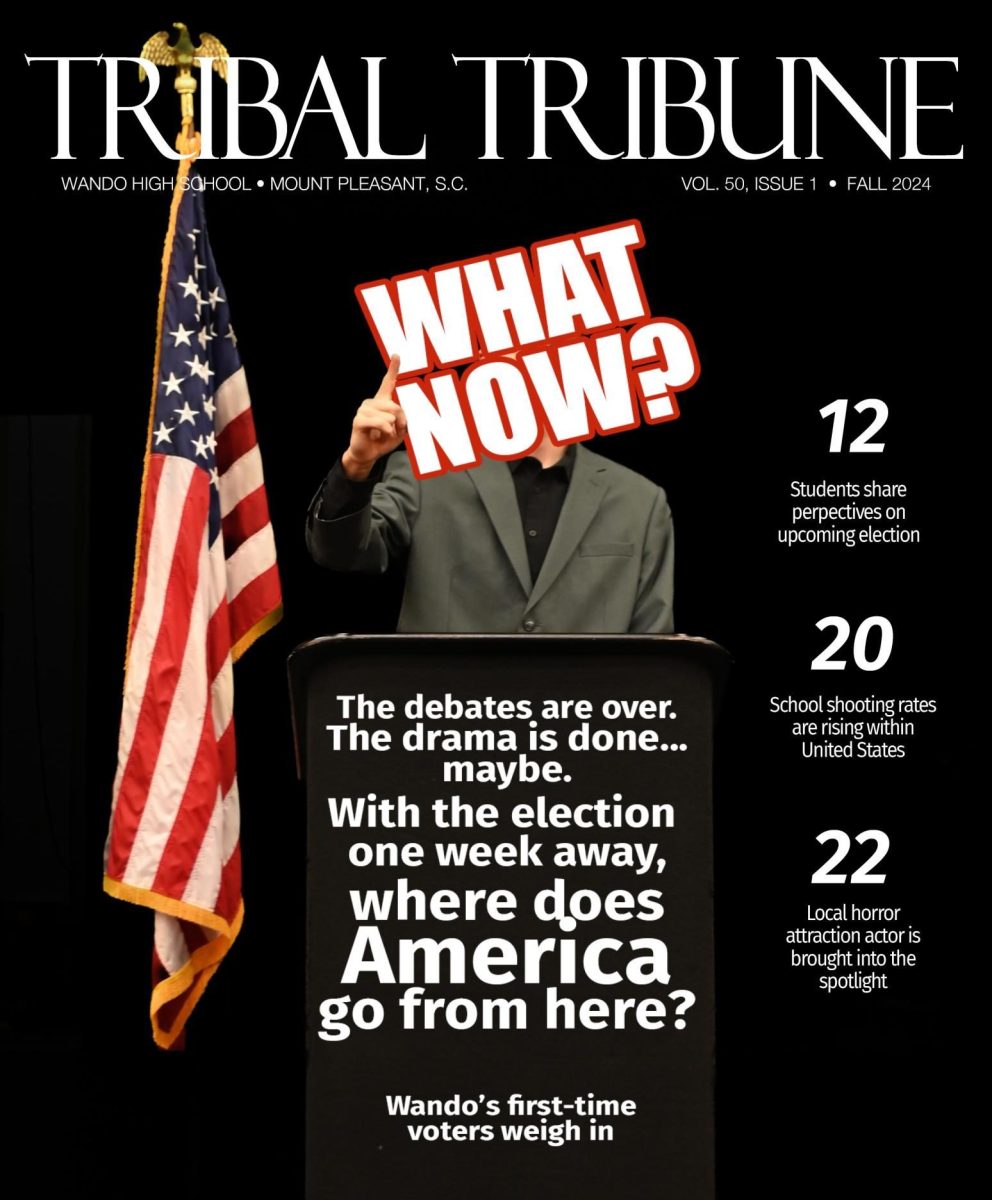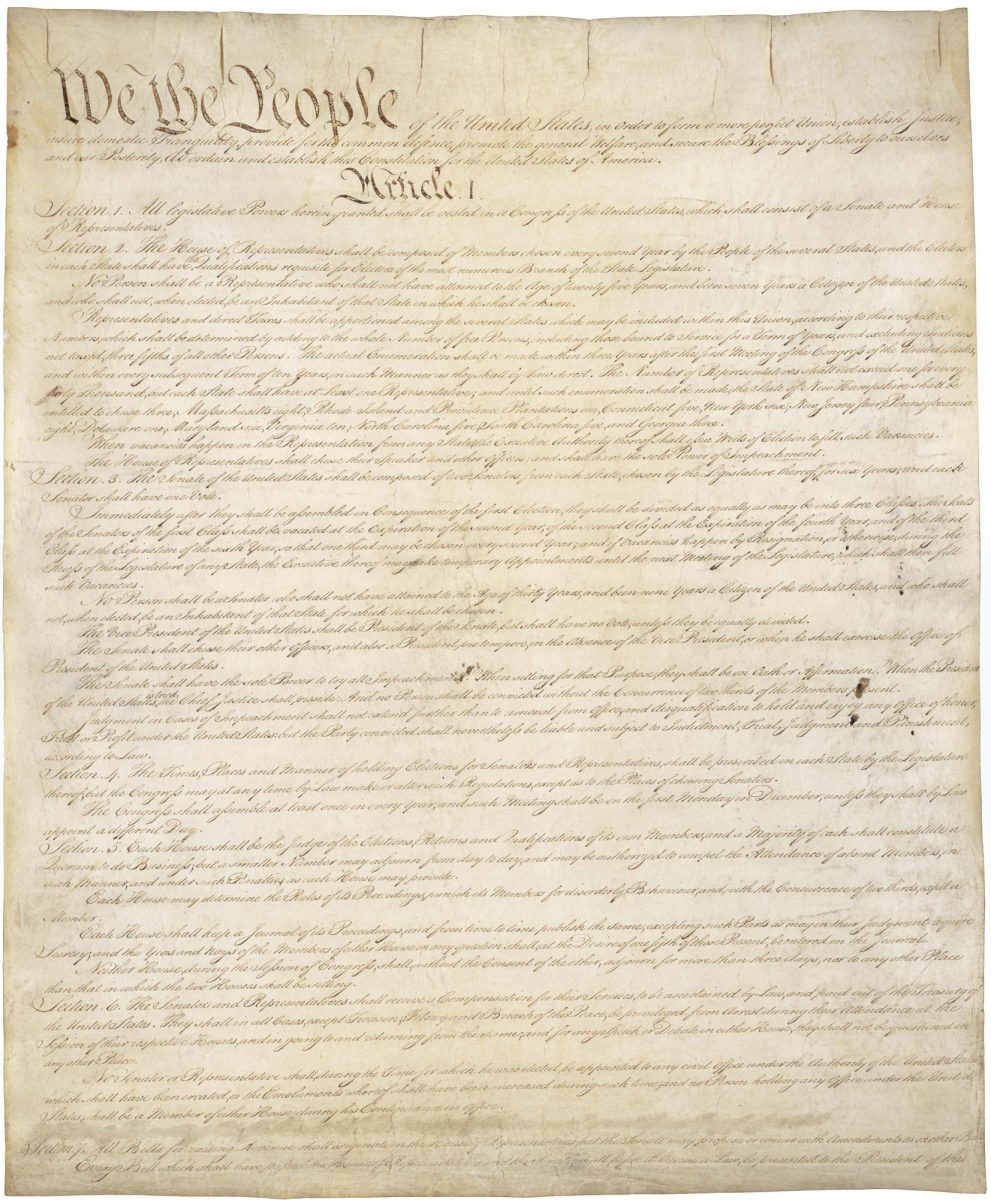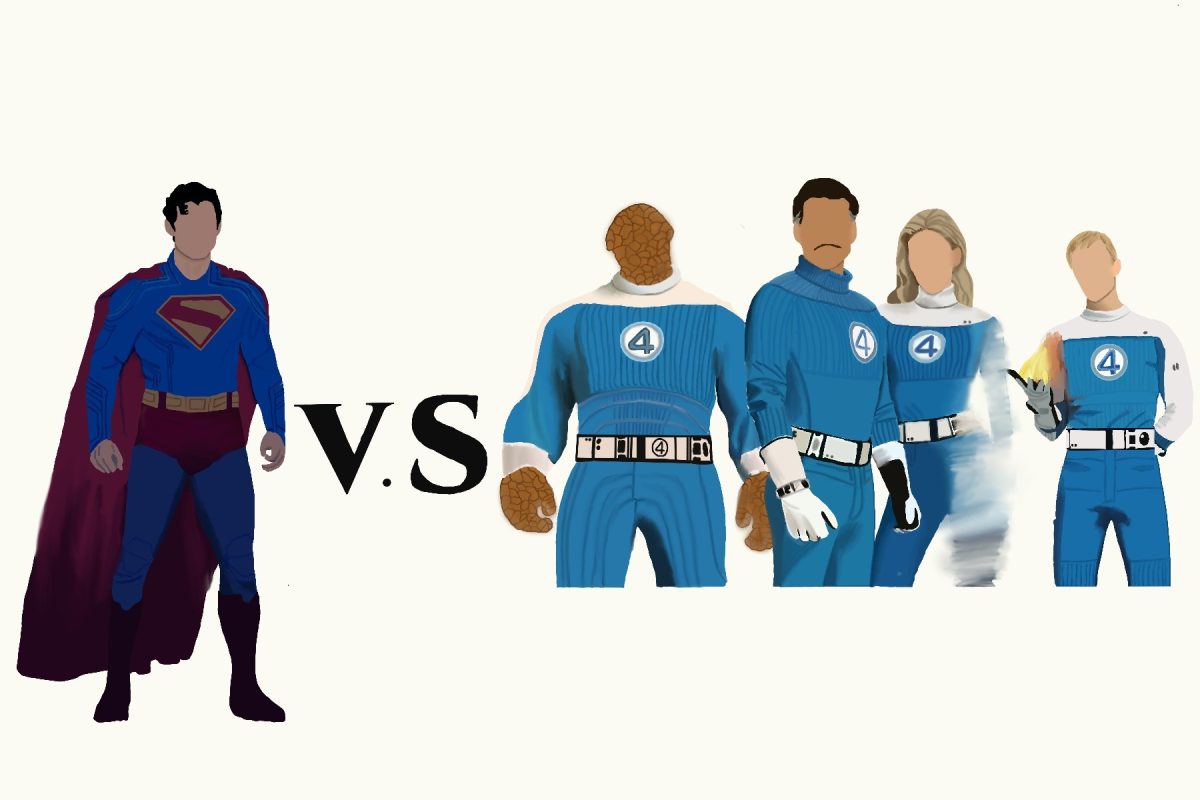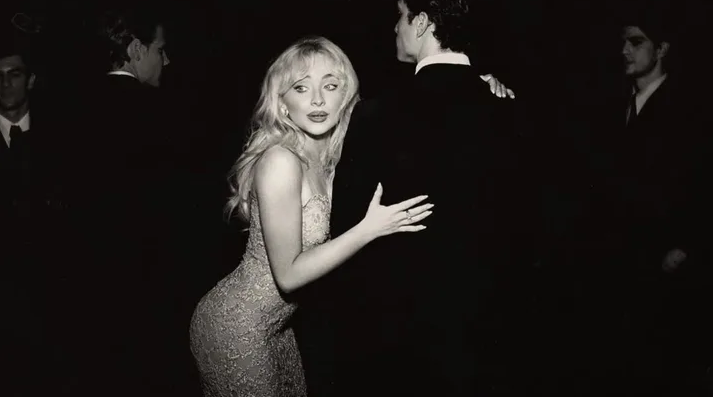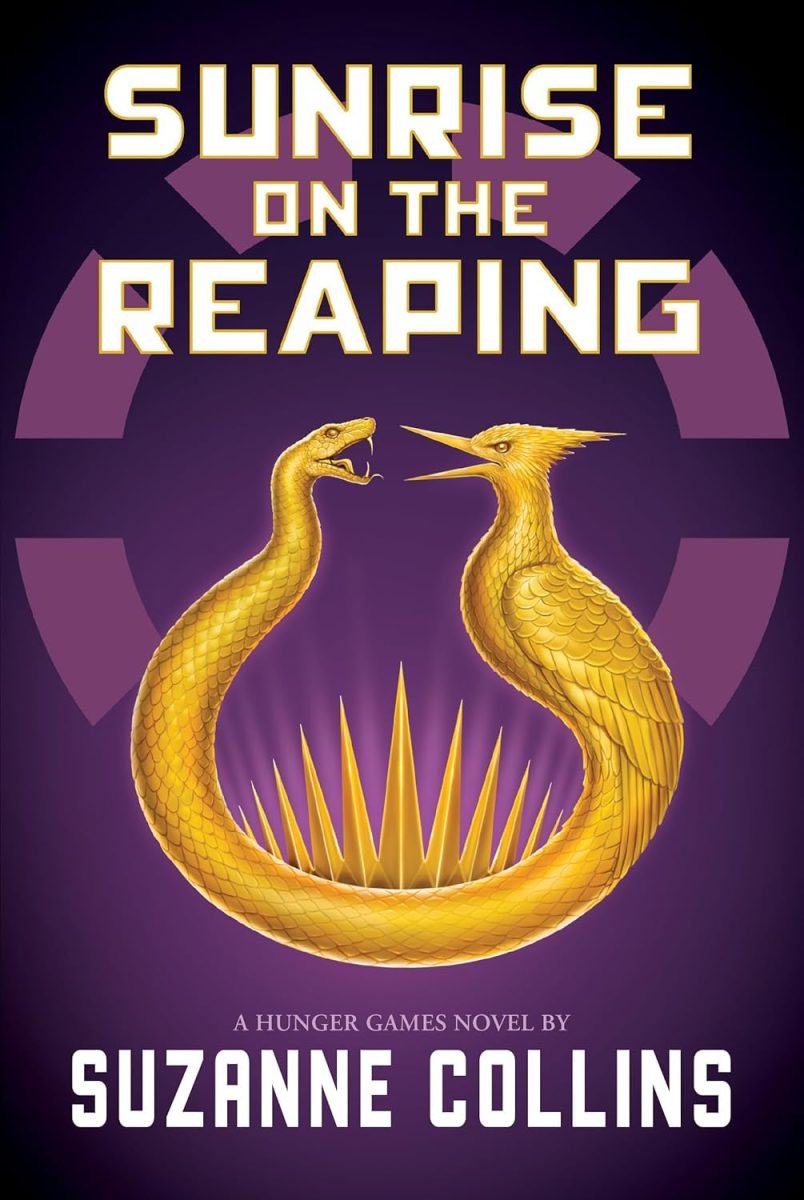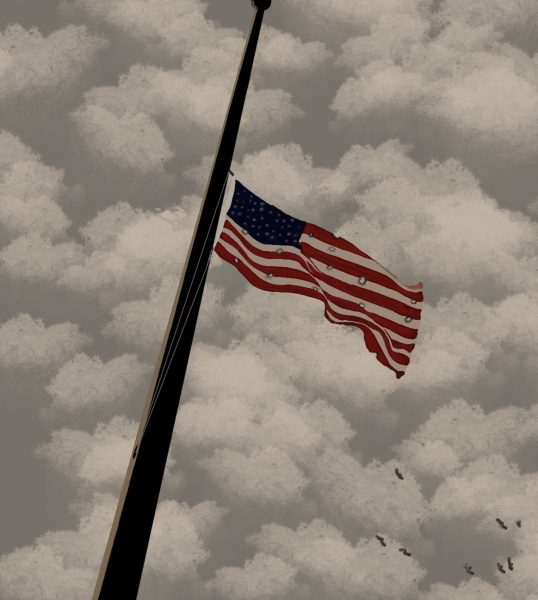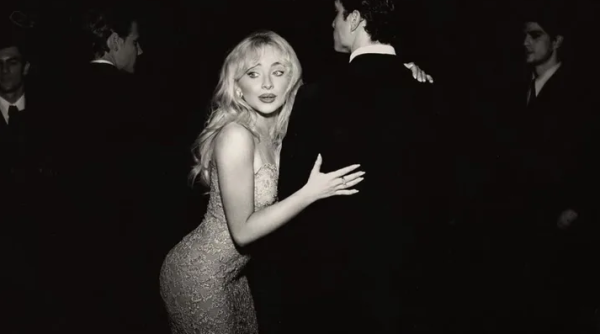Unbroken: A path to redemption, is broken
October 8, 2018
Unbroken: A Path to Redemption was not the promising sequel tributed to Louis Zamperini that was shown in its trailer. It was a cheeky soap opera with a post world war twist.
Director Harold Cronk begins the movie where we left off— in the airfield where Louis flight lands in his hometown of Torrance California. But Zamperini looks different now. And not because he lost weight from the starvation, but because he is portrayed by a completely different actor, Samuel Hunt.
In this follow-up film the Olympic runner is seeking normalcy as he tries to adjust to day-to-day life back in the states. So he inevitably finds the first beautiful girl he meets and marries her, attempts to get back into running but fails at the fate of his own ankle, and tries to hold down a job but can’t since he lacks a college degree. These failures then lead him on a path towards alcoholism and PTSD. Throughout the film, Zamperini fails to get his life back on course and be the man needed for his wife and newborn baby. It was not until he stepped foot in the circus tent where Billy Graham was teaching that his life was directed towards a promising path.
In summary, the story of Unbroken: Path to Redemption seems brilliant and inspiring as it is about a man who finds his path to salvation. But that is only because Lauren Hillenbrand laid the groundwork for Zamperini’s story. Unfortunately, the films overall carelessness such as the cliche-filled dialogue, historical incorrectness and comical technical work made the movie an abomination.
The leading actors, Hunt, who plays Louis Zamperini, and Merritt Patterson, who portrays his wife, Cynthia Applewhite, had a less-than average performance. In fact, their acting seemed more or less like an audition for “General Hospital” then acting for a movie with an important message.
When I was evaluating these actors’ overall performance, I considered their on-screen chemistry and came to the conclusion that it was non-existent. Their interaction as love-interests was equivalent to two strangers meeting for the first time and forcing themselves to like each other. When they said words as Cynthia and Louis to demonstrate their love for one other, I perceived as them spitting out words and overacting to make it semi-believable.
Even if the main actors did not execute their parts well, I do not blame them. The over dialogue was cliche and shamefully cheesy.
As far as the technical side of the film, I would also define it as “sloppy.” In the scene where Louis escapes to the garage for personal space, there was a frightening turn of events. A possessed boom mic hung at the top of the picture mocking the audience. I was perturbed.
Okay… Let’s be real for a second. The fact that they allowed a piece of “behind-the-scenes” equipment to debut in their film proves that carelessness of the team.
The editing of the film doesn’t receive a break from my wrath, in fact it is going to receive the worst of it.
When I think back to the visual effects of Unbroken, I can only picture two things: meteorologists green-screen and the repetitions of flashbacks. Since it was low-budget film, the production team didn’t exactly have the funds to film at a prestigious location, so they settled for the green-screen. Since the quality of the screen was so poor, it was as if Louis Zamperini was a weatherman forecasting his daily emotions whenever he was in front of the Green-Screen.
To go on, the film really only had two flashbacks that were shown during Zamperini’s PTSD episodes. The comical scene of Louis’ oppressor “the bird” as It and the clip of Louis twitching on the life raft alone (which by the way is historically incorrect since Zamperini shared a life raft with two other men.)
In my opinion, Unbroken was broken. The film did not have enough funding, it was careless and seemed to commercialize Universal studios. To be fair, my standards are relatively high after seeing the first Unbroken movie —which was beautifully orchestrated by Angelina Jolie — and reading Lauren Hillenbrand’s best-selling book. But even so, if you are going to tell the story of a war hero, especially Louis Zamperini’s, tell it right.




